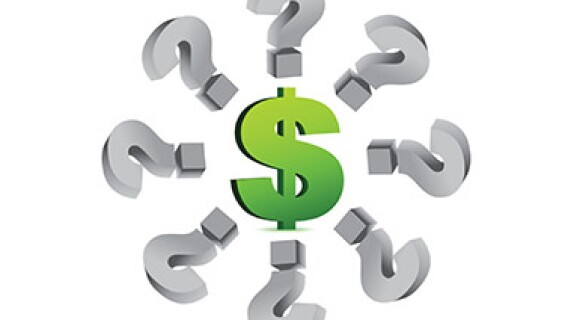Why is the Fed cutting interest rates? And what does it mean for the market?
Here we are: 10 years into the recovery in another Fed rate-cutting cycle. Historically, this cycle has usually accompanied a slowing economy. The Fed typically cuts rates to stimulate the economy and pull the country out of recession, or in rare cases fend one off. But it might be different this time.
This has been an amazing and unprecedented recovery for the Central Bank. Short-term rates were originally cut to 0% to 0.25% in the midst of the financial crisis in late 2008, from a high of over 5% a year earlier. The rate was left at Armageddon pricing for seven years in order to stimulate the post-crisis recovery, something never before attempted.

Get My Free Report Now

Get My Free Report Now

Get My Free Report Now

Get My Free Report Now
Finally, in late 2015 the Fed began raising the Fed Funds rate. By the end of last year it was up to 2.25% to 2.50% in an attempt to “normalize” the rate for this stage in the economic cycle. After all, in every recovery since the 1960s, the Fed Funds rate had been raised to at least 5% as the economy strengthened.
As the economy gained sufficient independent traction in the middle of the decade, the Fed began raising rates to fend off inflation, prevent bubbles from forming, and get some dry powder to stimulate the economy by lowering rates in the next recession. Things seemed to be going according to plan … until late last year.
This time last year, the market was doing great—hitting new all-time highs—and the Fed had every intention of continuing the rate hikes through 2019 and 2020. Then the market rebelled. It plunged 20% between late September and late December on fears of an imminent recession. Rate hikes were fine … and then suddenly, they weren’t. What happened?
New Rules for Interest Rates
Of course, fears of a recession right around the corner were overblown. But the market seemed to be pricing in the idea that the timeline of the next recession would be accelerated with the headwind of rising rates. The Fed reacted by first announcing a halt to the rate hikes and then two 0.25% rate cuts in June and September of this year.
To many, the Fed reversal is a sign that the economy is weakening. It is also an offset for the damage being done by the trade war with China and the struggling global economy. While those things may be partially true, there is something they aren’t telling you.
Central banks have screwed up interest rates as a market indicator, and they are now operating in a brand new paradigm of their own making to which there is no historical precedent.
Not only did our own Federal Reserve take drastic and unprecedented measures after the financial crisis by keeping interest rates near zero for years and pumping trillions into the banking system through several bond buying programs, but central banks in Europe and Japan did the same thing. Those countries never embarked on a course to “normalize” their rates. In fact, certain key interest rate measures are actually negative in those places.
The U.S. isn’t an island. Debt markets are greatly affected by rock bottom rates overseas. Our short-term rates may still be well below historical averages, but compared to the rest of the developing world they are stratospheric.
Our country is put at a disadvantage with borrowing costs at so much higher levels than the competition. The market had ascertained that this country could not continue to enjoy robust economic growth while operating at such a disadvantage going forward. So, the Fed is walking it back.
What does it mean for the market?
Where to Turn Amid the Rate Cuts
People fret about the recent yield curve inversion, where long-term interest rates fall below short-term rates. Historically, such a phenomenon has been reliably indicative of a slowing economy and the end of the recovery. But that’s when interest rates were a clear reflection of free market forces. Those days are over.
The good news is that the rate cuts are no longer necessarily a reflection of slowing economic growth. Ordinarily reliable signs that the recovery is teetering on its last legs are no longer valid. The economy is still solid at this point and may be strong for a while. That’s good news for stocks. And falling rates are especially good for dividend stocks, which happens to be my area of expertise.
If you want to know what dividend stocks I’m recommending to my subscribers today, click here to become a Cabot Dividend Investor subscriber.
At some point, this Central Bank experiment could end quite badly. If it does, you’ll want to hold as many safe, all-weather stocks in your portfolio as possible. Reliable dividend payers—and particularly dividend growers—are a good place to start.

Learn More

Learn More

Learn More

Learn More

